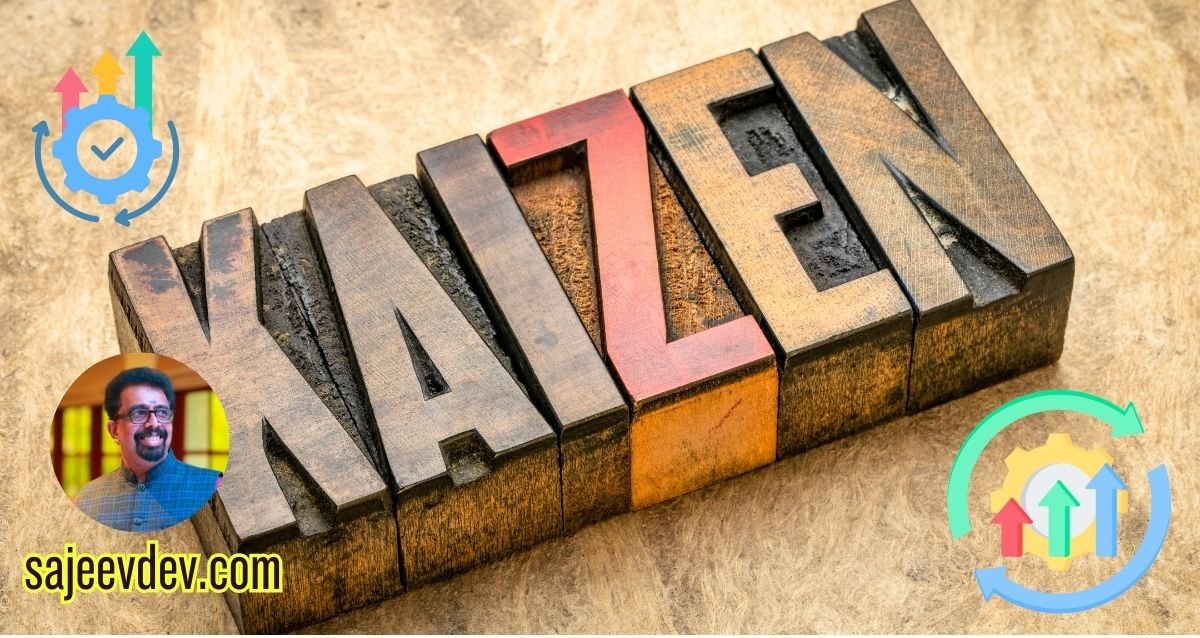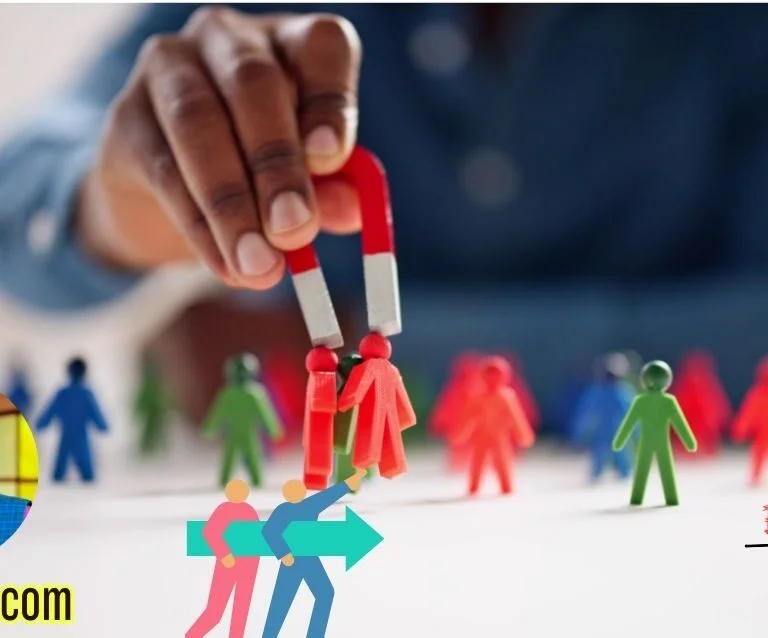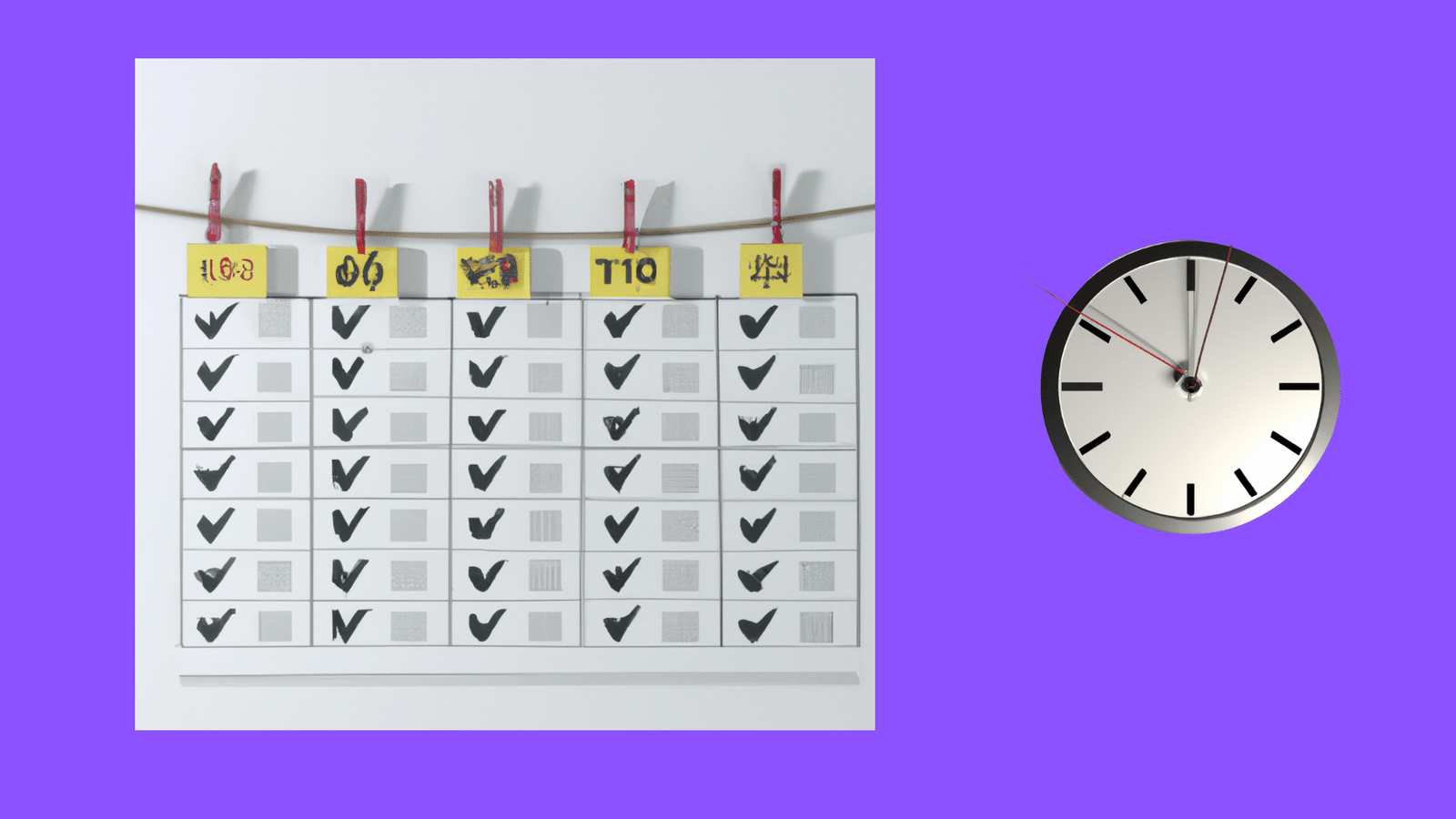Kaizen
Kaizen, a Japanese term meaning ‘continuous improvement,’ has its roots in post-World War II manufacturing practices in Japan. The concept was popularized as businesses sought to restore their productivity and efficiency in the wake of economic challenges. This philosophy emphasizes the importance of making small, incremental changes consistently, rather than undertaking large, sweeping reforms. Over time, these minor adjustments culminate in significant enhancements in efficiency, quality, and performance across various sectors.
The relevance of Kaizen transcends cultural and geographic boundaries, making it applicable in both personal and professional settings. In organizations, Kaizen fosters a culture of employee involvement and engagement where team members contribute ideas for improving processes. This collaborative approach not only enhances operational efficiency but also boosts employee morale and satisfaction. When individuals feel their input is valued, it can lead to a more motivated workforce, ultimately driving organizational success.
Industries have progressively adopted Kaizen principles, with manufacturing being one of the earliest sectors to embrace this philosophy. Iconic companies like Toyota have integrated Kaizen into their production processes, allowing for the refinement of quality control and the elimination of waste. However, its applications extend beyond manufacturing; service sectors, healthcare, and education have found value in Kaizen practices as well. By focusing on continuous improvement, organizations can adapt to changing conditions, meet evolving customer needs, and remain competitive in a dynamic marketplace.
The transformative power of Kaizen lies in its insistence on making gradual advancements. It underscores the belief that ongoing, small changes can lead to mastery and excellence over time. Embracing this philosophy can profoundly impact not only businesses but also individual growth, shaping a mindset that values persistence, resilience, and a commitment to improvement. With Kaizen, the path to mastery may be long, but it is paved with small, significant steps that foster lasting change.
The Principles of Kaizen
Kaizen, a Japanese term meaning “continuous improvement,” is deeply rooted in several foundational principles that guide its application across various organizations and industries. The core principles encompass eliminating waste, enhancing productivity, and fostering a culture of participation among all employees. Understanding these principles is essential for organizations aiming for sustainable growth and mastery.
The first principle, eliminating waste, also known as “muda” in Japanese, highlights the necessity of identifying and minimizing any process inefficiencies that do not add value. By systematically assessing operations, organizations can recognize areas where resources, time, or efforts are being squandered. This focus on waste reduction not only streamlines processes but also leads to significant cost savings and improved operational efficiency.
Next, enhancing productivity is paramount within the framework of Kaizen. By embedding continuous improvement practices into everyday operations, organizations can empower employees to brainstorm and implement innovative solutions that optimize workflows. This ongoing pursuit of productivity encourages teams to set realistic benchmarks and pursue incremental improvements over time rather than attempting drastic changes at once. Thus, it nurtures a sustainable environment that promotes excellence in performance.
Finally, fostering a culture of participation involves engaging employees at all levels in the improvement process. When individuals feel that their insights and contributions are valued, motivation and morale tend to increase substantially. This principle encourages collaboration, as team members are inspired to draw on their unique experiences and ideas to solve challenges. By promoting active participation, organizations harness the collective intelligence of their workforce, ultimately driving a robust commitment to the ongoing journey of continuous improvement.
In this way, the principles of Kaizen fundamentally support organizations striving for mastery through a structured approach to efficiency, employee engagement, and productivity enhancement.
The Kaizen Process
The Kaizen process is a systematic approach aimed at fostering continuous improvement within an organization. At its core, it involves a series of distinct steps that guide teams in identifying opportunities for enhancement, which can lead to operational excellence and mastery in various disciplines. The foundation of this process lies in the belief that small, incremental changes can yield significant results over time.
The first step in the Kaizen process is to identify areas for improvement. This often involves gathering feedback from employees, analyzing performance metrics, and observing workflows. By pinpointing these areas, organizations can focus their efforts on specific challenges that may be hindering productivity or quality. This phase requires active engagement from all levels within the organization, fostering a collaborative environment where everyone can contribute ideas.
Taking action is the third step in the process, where the planned changes are executed. This may involve revising processes, adapting technologies, or implementing new practices. It is crucial to encourage open communication during this step to ensure that all team members are informed and engaged in the changes being made.
Following the action phase, measuring progress becomes essential. Organizations should track key performance indicators (KPIs) to assess the impact of the changes implemented. This data-driven assessment allows teams to determine what is working and what may require further adjustment. Lastly, successful changes should be standardized and documented to facilitate future implementation and repeat the improvement cycle.
Overall, the iterative nature of the Kaizen process fosters a culture of learning and adaptability, ensuring that organizations are continually striving for mastery in their operational endeavors.
Benefits of Implementing Kaizen
Implementing a Kaizen mindset can yield extensive benefits for organizations, fostering an environment that prioritizes continuous improvement. One of the primary advantages is increased efficiency. When employees regularly identify and eliminate wasteful practices, companies can streamline operations and reduce costs. For example, Toyota famously adopted Kaizen principles in its manufacturing processes, significantly enhancing its productivity and earning a reputation for quality among automotive manufacturers.
In addition to boosting efficiency, the Kaizen approach promotes higher levels of employee engagement. When employees are encouraged to contribute their ideas for improvement, they feel valued and empowered. This can lead to a stronger sense of ownership over their work and an overall increase in job satisfaction. Companies like Intel have demonstrated that including workers in decision-making processes leads to innovative solutions and more profound team cohesion. By fostering an inclusive culture, organizations can harness the collective wisdom of their workforce.
Furthermore, the implementation of Kaizen positively influences customer satisfaction. Organizations that regularly refine their processes can respond more swiftly and effectively to customer needs. A notable example is the software company, Microsoft, which integrates user feedback into its development cycle, allowing for rapid adjustments and enhancements to its products. This customer-centric approach not only leads to improved products but also cultivates brand loyalty among customers.
Ultimately, a continuous improvement mindset helps individuals and organizations achieve mastery in their respective fields. By committing to small, incremental changes, employees develop their skills, refine their techniques, and contribute to a culture of excellence. As demonstrated by companies embracing Kaizen practices, the ongoing pursuit of improvement leads to long-term success and sustainability in a competitive marketplace.
Common Challenges in Adopting Kaizen
The adoption of Kaizen principles, while beneficial, is not without its challenges. One of the most significant obstacles encountered by individuals and organizations is resistance to change. Employees often find comfort in their existing routines and may perceive Kaizen initiatives as threats to their job security or established workflows. This psychological barrier can stymie progress and create a culture of skepticism. To mitigate this resistance, it’s essential to engage employees early, demonstrating the positive impact of continuous improvement on both personal and organizational levels. Fostering a culture that celebrates small wins can help individuals embrace change more readily.
Another prevalent challenge is the lack of management support. Effective implementation of Kaizen requires strong leadership commitment. Without buy-in from management, initiatives may lack the necessary resources or authority to thrive. This can lead to half-hearted attempts at improvement that fail to garner traction. Strategies to overcome this challenge include creating a compelling vision for change that aligns with organizational goals and actively involving leaders in the Kaizen process. Managers should be trained to recognize the value of Kaizen and its role in achieving performance excellence.
Additionally, insufficient training can impede the successful integration of Kaizen practices. Employees may lack the requisite knowledge or skills to effectively participate in continuous improvement efforts. This ignorance can lead to frustration, further perpetuating resistance toward change. Organizations should invest in comprehensive training programs that equip personnel with the tools needed to adopt a Kaizen mindset. Training should be ongoing, incorporating real-world applications and encouraging employees to experiment with and refine their processes. By addressing these common obstacles, organizations can create an environment that is conducive to continuous improvement and mastery.
Kaizen in Personal Development
The philosophy of Kaizen, which emphasizes continuous improvement, can have a transformative impact on personal development. By applying this principle to various aspects of life such as health, education, and career, individuals can effectively set and achieve personal goals. The key to leveraging Kaizen lies in making incremental changes that lead to lasting results, rather than pursuing drastic transformations that may be unsustainable.
To begin incorporating Kaizen into personal development, it is essential to set clear and specific goals. These goals should be achievable and measurable, allowing individuals to track their progress over time. For instance, instead of aiming for a vague objective like “getting fit,” a person might set a goal to walk 10,000 steps a day or to incorporate three servings of vegetables into their daily meals. By defining goals in this manner, it becomes easier to monitor progress and motivate oneself to continue the journey of self-improvement.
Tracking progress is a fundamental aspect of the Kaizen approach. Maintaining a daily journal or utilizing mobile apps can facilitate the documentation of small achievements and habits. This practice not only offers insights into one’s journey but also serves as a source of encouragement. Recognizing even the smallest victories can motivate individuals to persist in their goals and reinforce their commitment to continuous improvement.
Making gradual changes is at the heart of the Kaizen methodology. For example, someone aiming to advance their career could start by dedicating just 15 minutes each day to learning a new skill or attending professional development webinars. These small, consistent efforts can accumulate over time, leading to significant personal and professional growth. Moreover, these incremental changes allow individuals to adapt and refine their strategies, making the process more sustainable in the long run.
Overall, embracing the Kaizen philosophy in personal development encourages a mindset focused on growth and mastery. The journey becomes less daunting when approached through small, manageable steps, ultimately leading to profound and sustainable enhancements in one’s life.
Case Studies: Success Stories of Kaizen
Kaizen, the philosophy of continuous improvement, has been effectively implemented across various industries, yielding remarkable results. Numerous organizations have adopted its principles, demonstrating how consistent, small changes can lead to substantial advancements in productivity and quality. One notable case is Toyota, renowned for its incorporation of Kaizen in manufacturing processes. The Toyota Production System emphasizes waste reduction and efficiency, wherein employees at all levels contribute ideas for improvements. By fostering a culture of continuous improvement, Toyota has maintained its status as a leader in the automotive industry.
Another compelling example is the healthcare sector, where the Virginia Mason Medical Center in Seattle successfully applied Kaizen principles. The center initiated a program called the Virginia Mason Production System, which sought to enhance patient care while minimizing waste. Through employee engagement and ongoing improvements, the facility saw reductions in patient wait times and increased overall satisfaction. This case not only highlights the versatility of Kaizen across industries but also its impact on enhancing service quality in healthcare.
In the realm of manufacturing, the case of Lockheed Martin illustrates how Kaizen can lead to remarkable efficiency improvements. By integrating continuous improvement practices into their production lines, they managed to significantly reduce the time taken to assemble military aircraft. The company empowered its employees to identify and solve problems actively, leading to better workflows and reduced operational costs.
These case studies exemplify how Kaizen can be successfully tailored and implemented across diverse sectors. Organizations embracing the principles of continuous improvement are not only enhancing operational efficiencies but are also fostering a culture of innovation and collaboration. Integrating Kaizen into the organizational fabric can lead to sustainable progress, proving that incremental changes can culminate in monumental achievements.
Measuring the Impact of Kaizen
To effectively harness the power of Kaizen, organizations must adopt a methodical approach to measure the impact of continuous improvement initiatives. Measurement is essential, as it provides insights into the effectiveness of implemented changes and highlights areas requiring further enhancement. An array of metrics can be utilized, encompassing both quantitative and qualitative measures that collectively depict the efficacy of Kaizen efforts.
From a quantitative perspective, Key Performance Indicators (KPIs) serve as crucial tools for tracking progress over time. These may include metrics such as production efficiency, defect rates, and customer satisfaction scores. By establishing baseline values before initiatives are undertaken, organizations can gauge improvements post-implementation, thus demonstrating the tangible benefits of Kaizen practices. For example, if a manufacturing firm reduces its defect rate from 5% to 2%, this notable improvement can be directly linked to a successful Kaizen initiative.
Qualitative measures also play a vital role in assessing the impact of continuous improvement methodologies. Gathering employee feedback through structured surveys provides a deeper understanding of employee engagement and morale in response to Kaizen activities. Responses can highlight perceptions of the workplace environment and suggest areas for fostering further engagement. In particular, focusing on employee suggestions reveals how well initiatives resonate with those directly affected, thereby offering insights into potential breakthroughs in operational processes.
In addition to KPIs and surveys, organizations might consider other performance metrics, such as net promoter scores (NPS) and cycle times, to round out their measurement framework. Ultimately, a comprehensive approach to measuring the impact of Kaizen initiatives not only supports effective decision-making but also cultivates a culture of continuous improvement aligned with the organization’s strategic goals.
A Kaizen Mindset for Lifelong Mastery
In conclusion, adopting a Kaizen mindset is instrumental for both personal and professional development. By committing to continuous improvement, individuals can cultivate skills and competencies that not only enhance their performance but also contribute to their overall mastery in their respective fields. The philosophy of Kaizen encourages a proactive approach to setting and achieving goals; this can lead to transformative changes over time.
Engaging in small, incremental changes allows individuals to develop habits that foster growth and resilience. These adjustments can be applied to numerous aspects of life, from daily routines to complex projects. By recognizing the potential in every small action, one can shift focus from immediate results to long-term progress, ensuring that mastery is not just an end goal but a continuous journey. This shift in perspective is vital, as it promotes a culture of lifelong learning and adaptability.
Moreover, embracing a Kaizen mindset cultivates an environment where feedback and collaboration thrive. When individuals seek input and share ideas, they can accelerate their development process, leading to richer experiences and enhanced outcomes. Whether in a professional setting or personal endeavors, fostering communication and support is key to implementing the principles of continuous improvement effectively.
Ultimately, the Kaizen philosophy empowers individuals to take ownership of their growth journey. By prioritizing consistent, small enhancements, one can achieve mastery over time, unlocking the true potential that lies within. The power of Kaizen lies in its simplicity and practicality, making it accessible for anyone committed to achieving excellence in their pursuits. Adopting this mindset not only transforms individual capabilities but also contributes positively to communities and organizations, representing a profound shift toward collective growth and development.









